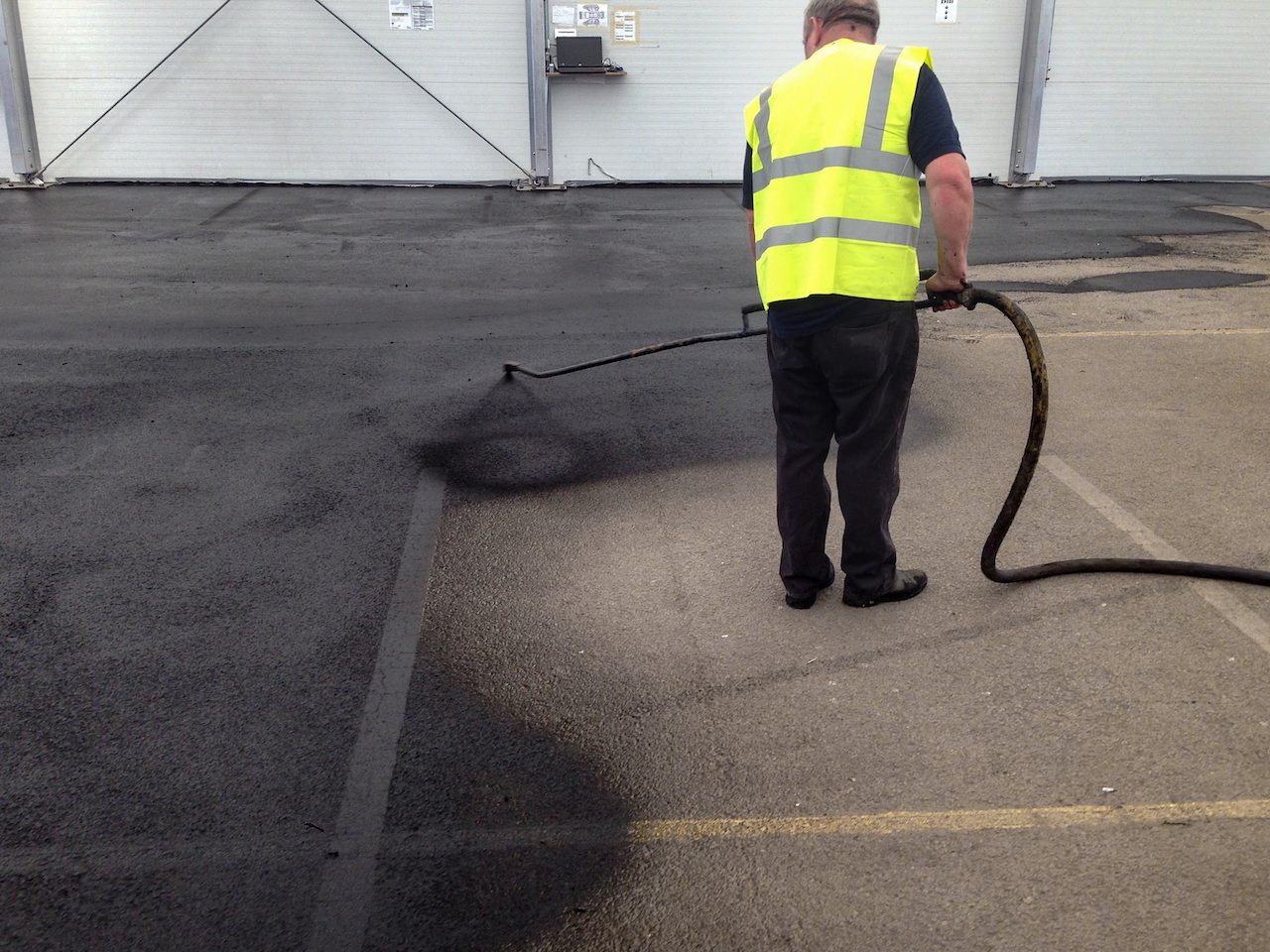
Are Speed Bumps Needed for Asphalt Parking Lots?
What Is the Purpose of Parking Lot Speed Bumps?
Properly installed speed bumps at points with a high volume of pedestrian traffic, including entrances and exits to your building, increase pedestrian safety by keeping drivers aware of their surroundings and automatically reducing the speed of their vehicles. Slowing a vehicle’s speed gives both the driver and the pedestrian more time to react should danger present itself. Pedestrians entering speed bump zones equipped with highly visible pavement striping become aware that they have entered an area with proximity to moving vehicles. Speed bumps can also be helpful in areas of the parking lot where drivers may be less aware of the presence of other vehicles because of obstructions that block their view. Furthermore, installing speed bumps on your parking lot may help reduce your liability should accidents occur.
How Long Do Speed Bumps Last?
Once installed, speed bumps take a lot of abuse. Professional construction by a knowledgeable and experienced asphalt company will be an important factor in determining the longevity of your asphalt speed bumps. Proper parking lot maintenance will also play a significant role.
1. Your new asphalt speed bumps should receive their first asphalt sealcoating application after 30 days. After that, the speed bumps should be sealed when the rest of the parking lot is sealcoated. Sealcoating protects the asphalt surface from premature aging due to exposure to the sun and weather. Periodic sealcoating can often double the life of the asphalt pavement.
2. Asphalt crack sealing is performed before any sealant is applied. Contact your asphalt contractor immediately if any cracks appear anywhere on your asphalt pavement, including the speed bumps. Cracks allow water to enter the interior of the asphalt pavement. As cracks increase in size, water will infiltrate into the base layers of the structure. Eventually, the base will fail, resulting in the need for major repairs.
3. Do not allow water to pool and sit on any area of the asphalt pavement. Report any areas that retain water to your asphalt contractor immediately.
4. Keep the speed bumps highly visible by applying a high-quality paint to them periodically. Consider painting the speed bumps in a striped or chevron pattern to enhance visibility. You might also consider painting the area in front of the speed bumps or installing signage to warn drivers and give them more time to react.
5. Keep the speed bump clean. Remove oil and automotive fluids quickly; petroleum-based products will deteriorate asphalt pavement. Promptly remove any piles of vegetation or trash that accumulate around your speed bumps.
At MH Greeson, we help metro Atlanta businesses and municipalities maintain and repair their asphalt pavements. Our services include pavement striping and pavement marking, asphalt crack sealing, car stops, traffic signs and sealcoating. We are known for our integrity, the high quality of our work, our reasonable prices, and our commitment to customer service. Whether you need services for your tennis court or your parking lot, call 770-335-2983 or submit the online form to receive a free quote.




